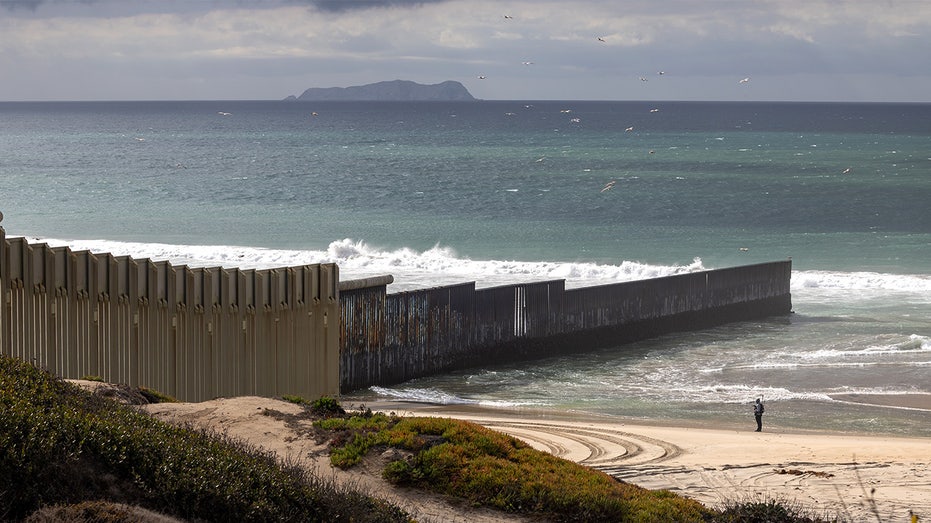For decades, a silent crisis has been unfolding along the California-Mexico border: a relentless flow of raw sewage contaminating the San Diego area. This isn't a recent problem, but a deeply rooted issue impacting residents, tourism, and even the elite Navy SEALs who train in the polluted waters.
The situation reached a critical point as Tijuana’s population exploded, increasing by nearly 190% since 1990. The city’s aging wastewater infrastructure simply couldn’t handle the strain, resulting in a constant stream of untreated sewage flowing north.
Navy SEALs, enduring rigorous ocean training, began reporting serious illnesses – debilitating gastrointestinal problems linked directly to the contaminated water. The health of these highly trained operatives, and the integrity of their training, were directly threatened by the ongoing pollution.
A recent review of border projects aimed at resolving the crisis revealed significant acceleration. Construction timelines for crucial wastewater infrastructure improvements have been dramatically shortened, shaving approximately twelve years off the overall completion schedule.
This expedited progress stems from a renewed commitment to collaboration between the U.S. and Mexico. A new understanding, formalized in July, streamlined efforts and unlocked previously unused funds earmarked for sanitation projects.
The agreement builds upon a 2022 initiative, but officials determined the original plan wasn’t enough to fully address the scale of the problem. The new framework prioritizes efficiency and accountability, pushing for a complete resolution by December 31, 2027.
Millions of dollars in existing funds were redirected to the most critical projects, and a clear roadmap was established to prepare for Tijuana’s continued growth. This proactive approach aims to prevent future strain on the already overburdened system.
Officials emphasize that this is a crucial step, not the finish line. Substantial construction remains, but the accelerated timelines demonstrate a tangible commitment to protecting communities and finally ending decades of cross-border pollution.
The focus now is on cutting through bureaucratic obstacles and maximizing efficiency, ensuring that the promise of a permanent solution becomes a reality for the residents of Southern California and the brave individuals who defend our nation.






